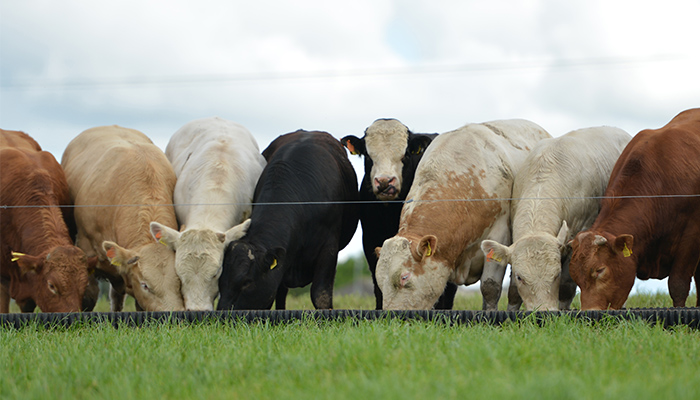15 July 2023
Rumen microbiome as a predictor of methane output

Stuart Kirwan, Paul Smith and Sinéad Waters report on microbiome analysis to investigate methane production in beef cattle in an effort to reduce methane gas emissions by 2030.
Under EU legislation, Ireland has committed to reduce greenhouse gas (GHG) emissions by 40% by 2030, compared to 2005 levels. As part of these reductions, the agricultural sector is legally bound to reduce its emissions by 25%, with a 10% reduction in methane emissions.
Methane from enteric fermentation in ruminant livestock accounts for ~60% of Irish agricultural- related GHGs. Reducing the quantity of methane emitted by livestock will be essential to achieving the agricultural sector’s target of a 10% reduction in enteric methane emissions by 2030. The selection of low-methane-emitting animals is considered to be an effective, long- term mitigation strategy that could be employed in order to achieve the goals for 2050 set out by the EU. Previous work led by Teagasc, in collaboration with the Irish Cattle Breeding Federation (ICBF), revealed a ~30%
difference in daily methane emissions between cattle of similar age, breed, and diet when ranked on the basis of the residual methane emissions (RME) index. These results, along with other data collected through projects RumenPredict, GreenBreed, and MASTER, including methane emissions data on 1,600 cattle, led to the generation of the first methane genetic evaluations for beef cattle in the world. Supplementary to this, rumen samples were collected from ~1,000 beef cattle for microbiome analysis and sequencing, and research is currently underway to investigate the heritability of key rumen microbes associated with methane production in predicting methane output in beef cattle. Further collaborative work between Teagasc and the ICBF will focus on validating these genetic proofs in pasture-based production systems.
